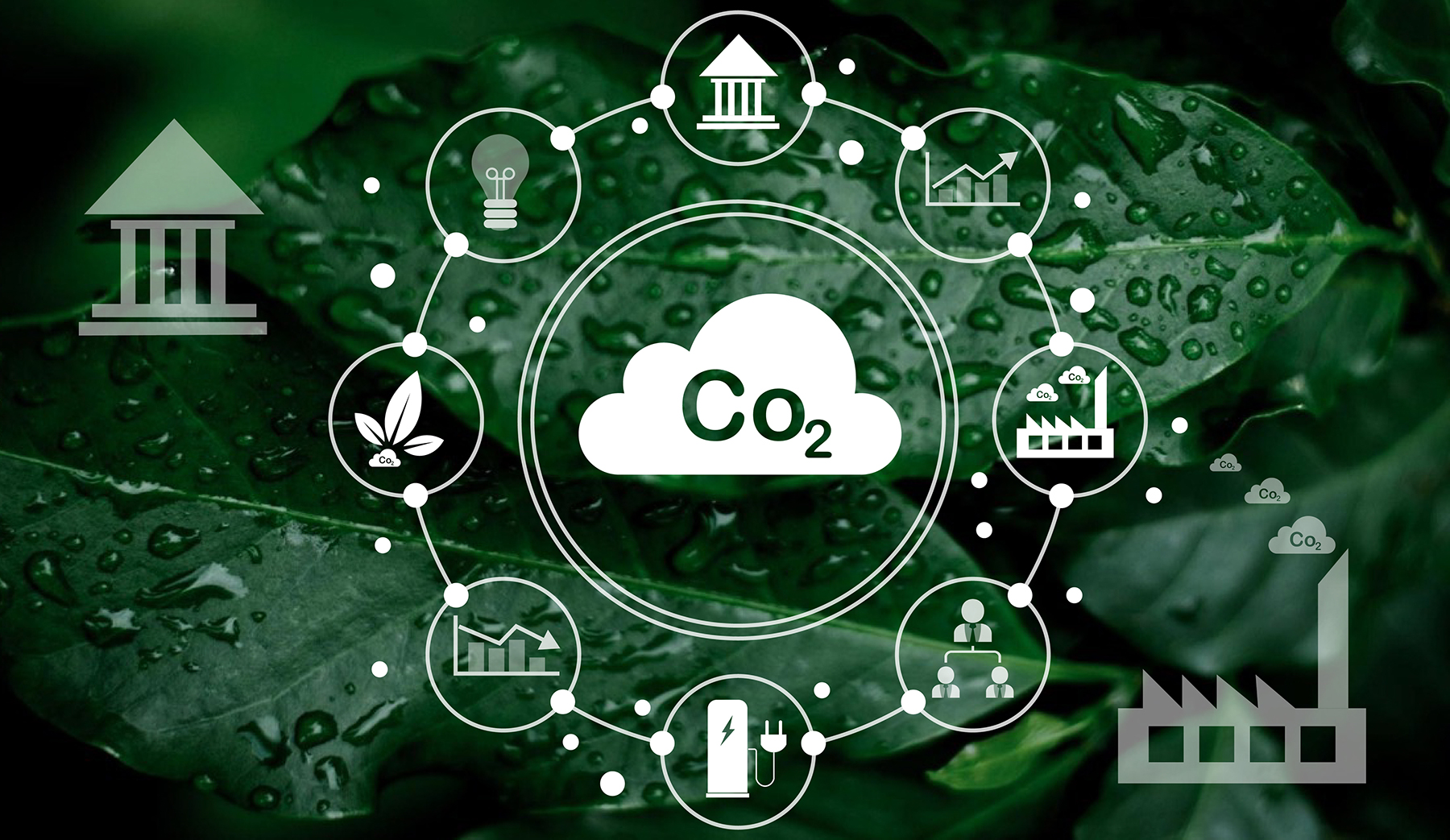Current carbon capture techniques are falling far behind government objectives, prompting the need for further innovation
Capturing carbon dioxide from the air, oceans or industrial processes, is just the first step; the next critical element is deciding what to do with it. There are two clear pathways here: utilisation, where captured CO2 is used to produce commercially marketable products or services, and sequestration, which involves storing carbon in a manner that permanently removes it from the atmosphere.
Despite extensive efforts to maximise the potential of carbon capture, significant work is required to meet the target set by the UK government of 75-180 million tonnes of CO2 saved per year by 2050.
According to Adam Aziz, Analyst at investment bank DAI Magister, an expansion in the utilisation use cases will help address part of this shortfall, with the remainder accounted for through sequestration.
Sequestration – locking away carbon
Once captured, there are multiple ways to sequester carbon, including soil carbon, reforestation and geological storage.
Aziz said: “Soil carbon sequestration involves storing CO2 in organic soil matter through land management practices such as no-till farming and cover cropping. While these practices can be costly and require meticulous planning and management, they offer significant potential for carbon sequestration.
“Pioneering start-ups are leading the charge in advancing soil carbon sequestration. These companies are developing solutions to sequester carbon at scale, without disrupting agricultural operations.
“Forests are the largest terrestrial sink and another viable option for sequestration, acting as giant sponges by absorbing carbon dioxide and releasing oxygen. They are the most effective natural systems for removing carbon dioxide from the atmosphere and storing it on land. This makes reforestation critical and urgent for carbon capture and mitigating climate change.
“Additionally, geological storage is a method of permanently sequestering carbon dioxide deep underground. The process typically involves injecting captured CO2 over a kilometre beneath the Earth’s surface into porous rock formations. The technique leverages natural geological features to trap CO2 securely for thousands of years.”
Utilisation – reduce, reuse, recycle
Various emerging applications for captured CO2, each at different stages of development and commercialisation, are integral to the work of carbon capture companies. These new applications offer capture companies additional ways to generate revenue by creating demand beyond the various credits, offsets, and tax incentives.
Aziz continued: “While sequestration aims to lock away carbon dioxide, utilisation typically seeks to repurpose it. Mineralisation can be seen as a crossover of the two. The mineralisation process used in many sequestration projects can also be applied to non-sequestered carbon, with the resulting aggregates used for cement production, which generates approximately 8% of the world’s CO2 emissions.
“Synthetic hydrocarbons, or E-fuels, are another highly promising avenue for carbon utilisation. These fuels offer a carbon-neutral alternative when making use of biogenic CO2 or CO2 from direct air capture, with applications spanning from chemical manufacturing and maritime transport to mobility and aviation industries.”
Aziz concluded: “The carbon value chain presents immense opportunities for innovative project developers and technology providers who can enable a broad range of utilisation use cases. From mineralisation and synthetic fuels to biological conversion processes, the field of carbon utilisation is ripe with potential for groundbreaking technologies and applications.
“However, like the upstream part of the value chain, robust regulatory frameworks and pricing mechanisms are essential, to stimulate the development and deployment of these technologies at scale in the coming years.”




